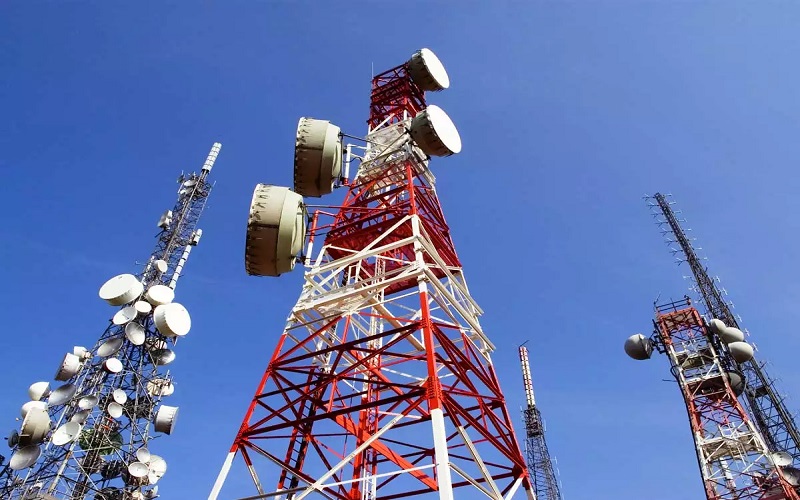All major infrastructure projects need proper communication systems in place to work smoothly. Be it electricity providing corporations or water distribution companies, communication systems are required for effective service delivery. Not just that, communication channels are necessary for infrastructure monitoring, customer feedback, and efficient complaint redressal mechanisms. The industry that provides utility and infrastructure companies with communication systems is the utility communications industry.
Importance of utility communications in critical infrastructure projects
The importance of electricity grids and water piping lines in today’s world cannot be understated. It wouldn’t be an exaggeration to say that the resilience and reliability of these systems depends on how robust the communication is between different checkpoints. This becomes especially important when an electricity or water line has faced an outage and needs urgent repair work. In such a scenario, the workmen working at the site where damage has occurred need to have a continuous contact with their headquarters for effective resolution of the problem. Communication is also necessary between workmen working at different locations if outages have occurred have multiple places.
With the dawn of the current millennium, the utility communications industry has seen the introduction of digitization. With this, establishing communications between the infrastructure companies and their customers has become easier. This has indirectly increased the quality of infrastructure in the long run, as customers can continuously provide feedback regarding the infrastructure. In the case of infrastructure like internet cables, utility communications help in providing regular updates to its customers also.
Factors influencing the growth of the market
The utility communications industry has seen a massive surge since World War 2 as the North American region and Europe invested heavily in rebuilding their infrastructure which was destroyed by the war. In Asia and Africa too, many countries gained independence from the colonial rule during the same period and started focusing on infrastructure development. Since then, utility communications have been crucial for the establishment of any major infrastructure project across the globe. Thus, the increasing urbanization across the world is an important growth driver for the global utility communications market.
A report published by Allied Market Research points out another interesting factor that might propel the growth of the market in the coming period. As per the report, growing adoption of distributed energy resources (DERs) is predicted to play an important role in creating growth opportunities for the market. In fact, the report highlights that the utility communications market will rise at a CAGR of 5.7% in the 2023-2032 period owing to this factor.
Along with this, strategic alliances in the form of acquisitions and mergers between leading players of the industry are also helping the market to grow. For instance, in July 2022, Forward Solutions, a customer support service provider, announced that it had acquired Utility Sales Associates, a utility services company based in the US. As per the statement released by Forward Solutions, this acquisition will help the company to expand its operations significantly. Moreover, the competitive scenario of the market owing to the presence of multinational giants such as Milsoft Utility Solutions, Cisco Systems, Inc., Motorola Solutions, Inc., further creates huge investment opportunities for the market.
To summarize, the critical nature of utility communications is the most important growth driver of the market. Additionally, rising adoption of distributed energy resources (DERs) and presence of multinational companies in the market will further expand the scope of the industry in the next few years.

Email: ben@satprwire.com Phone: +44 20 4732 1985
Ben has been listening to the technology news for quite some time that he needs just a single read to get an idea surrounding the topic. Ben is our go-to choice for in-depth reviews as well as the normal articles we cover on a normal basis.



